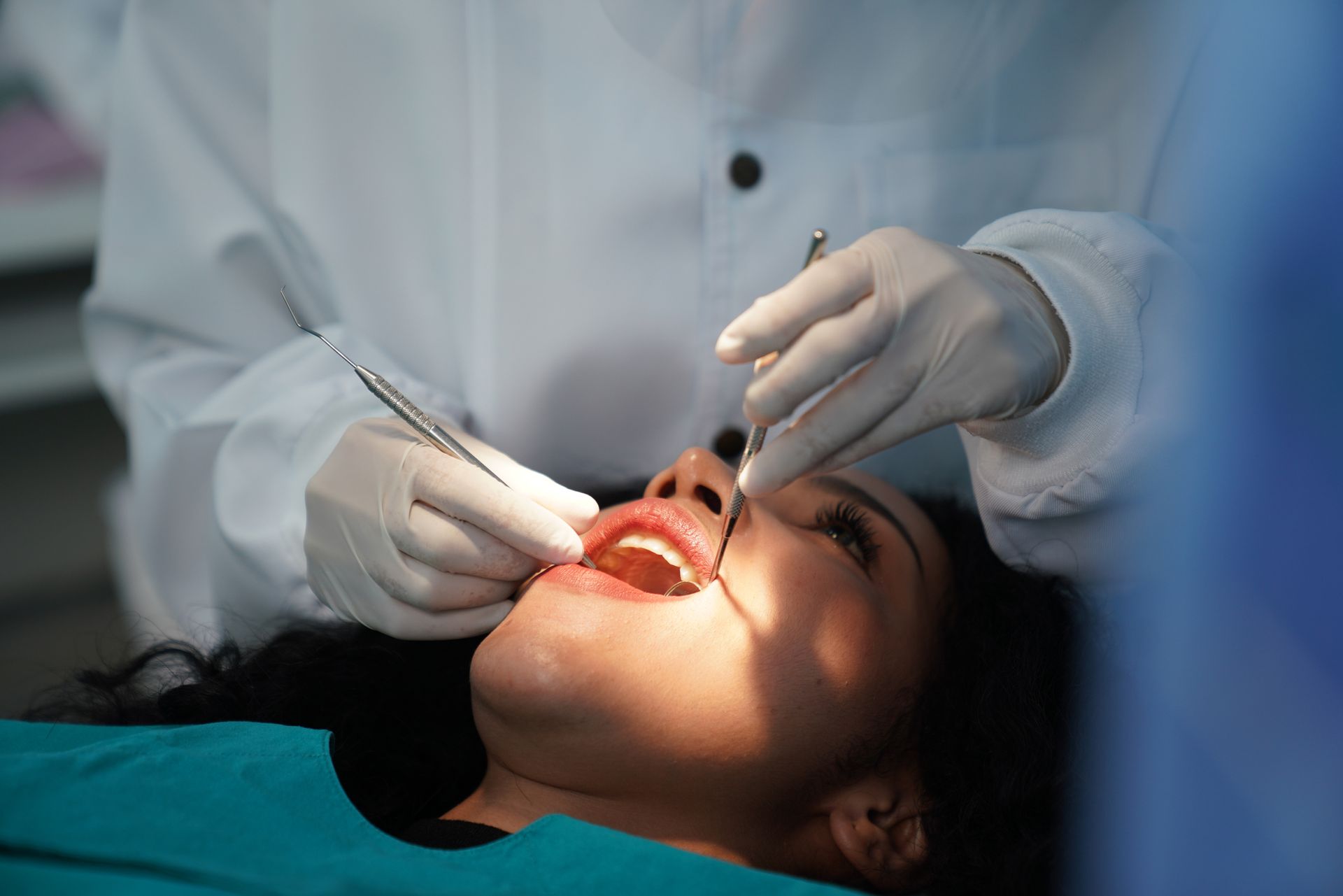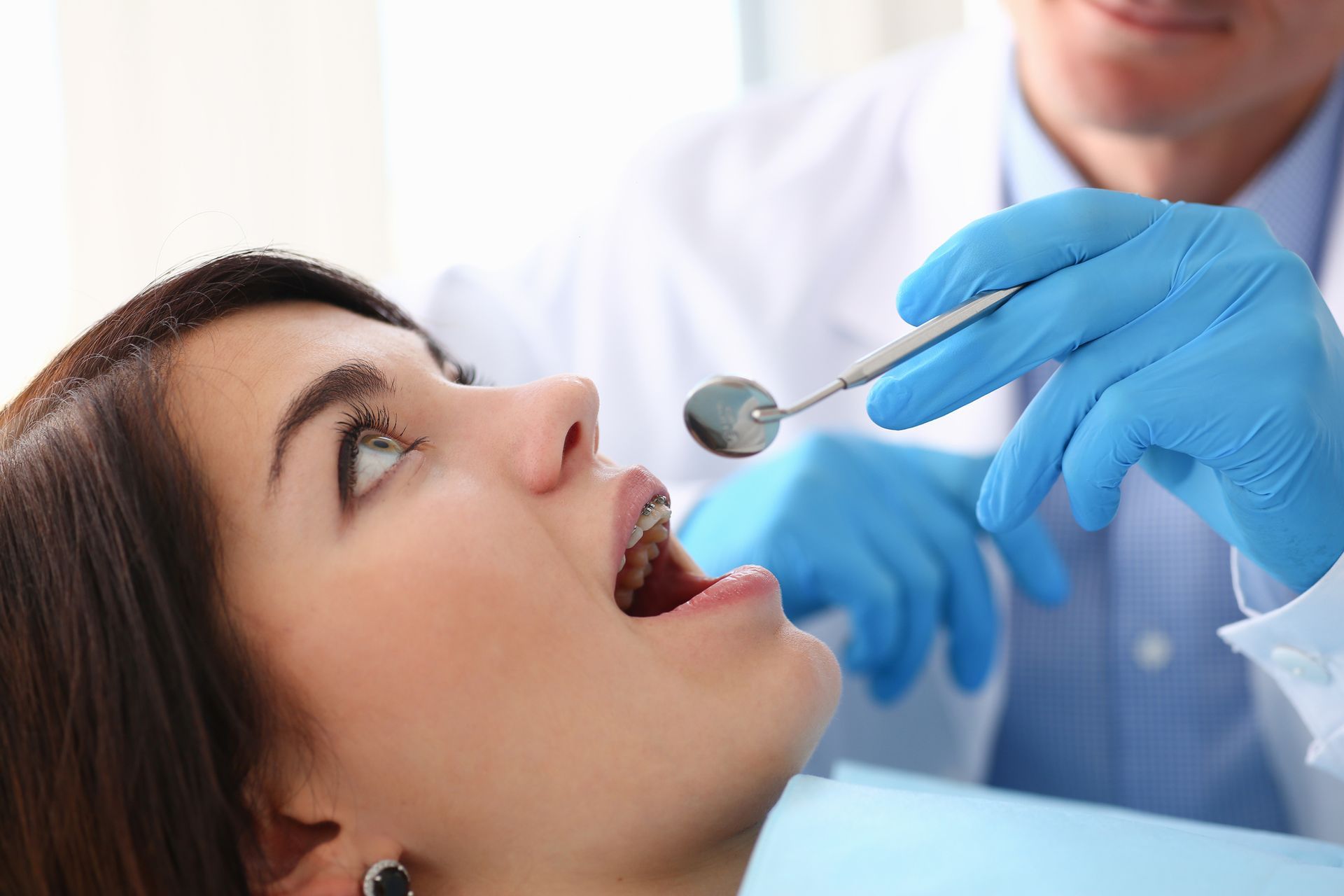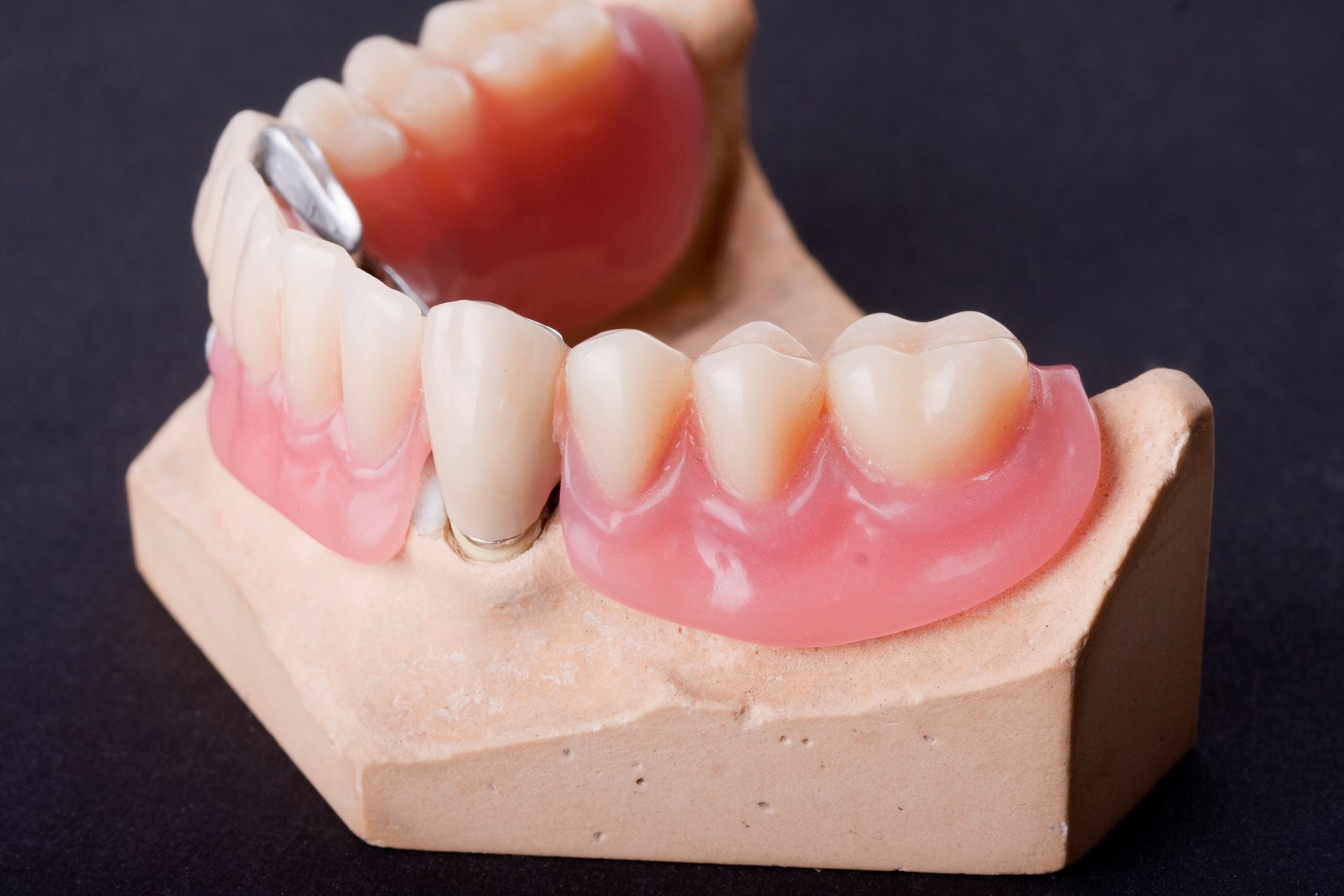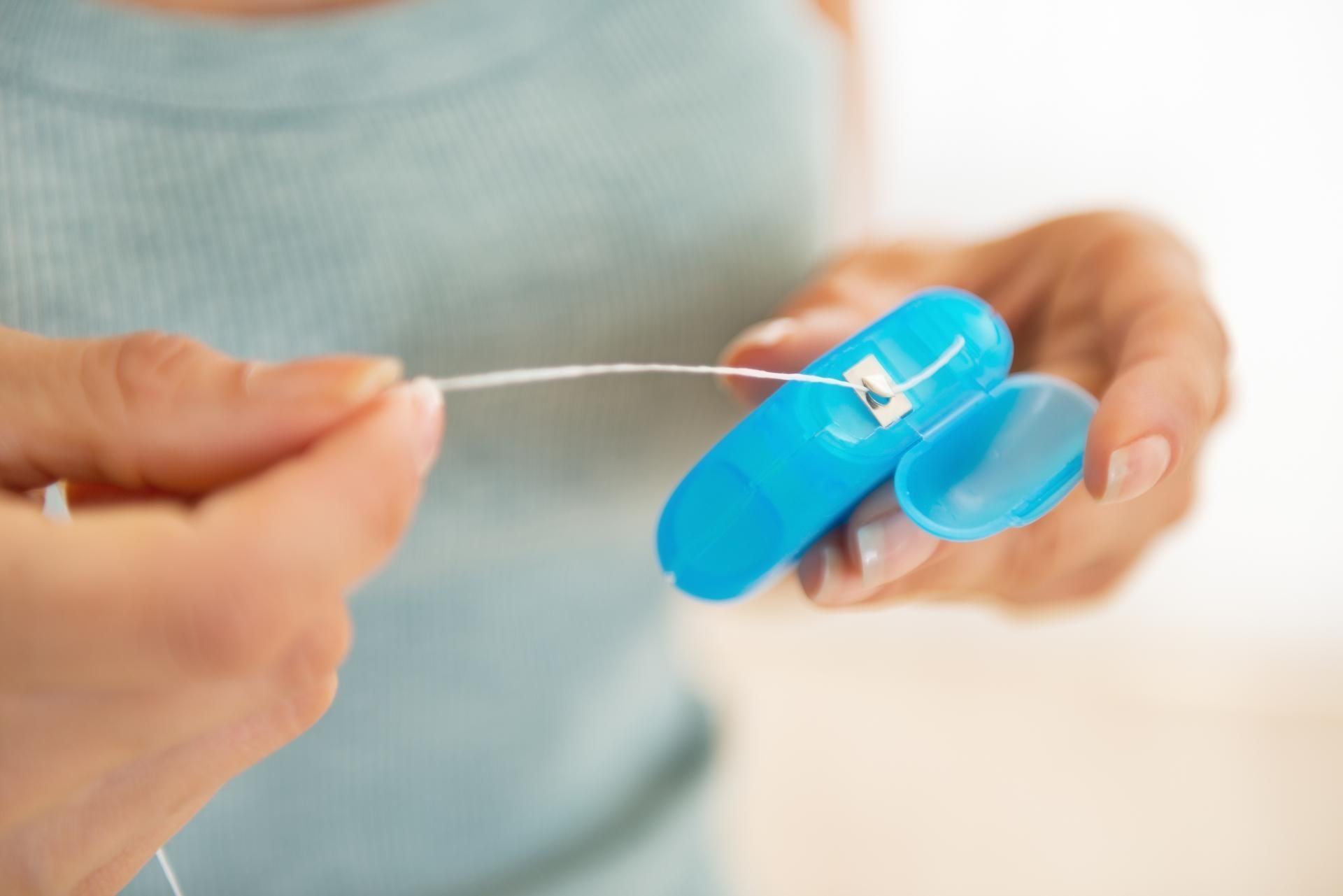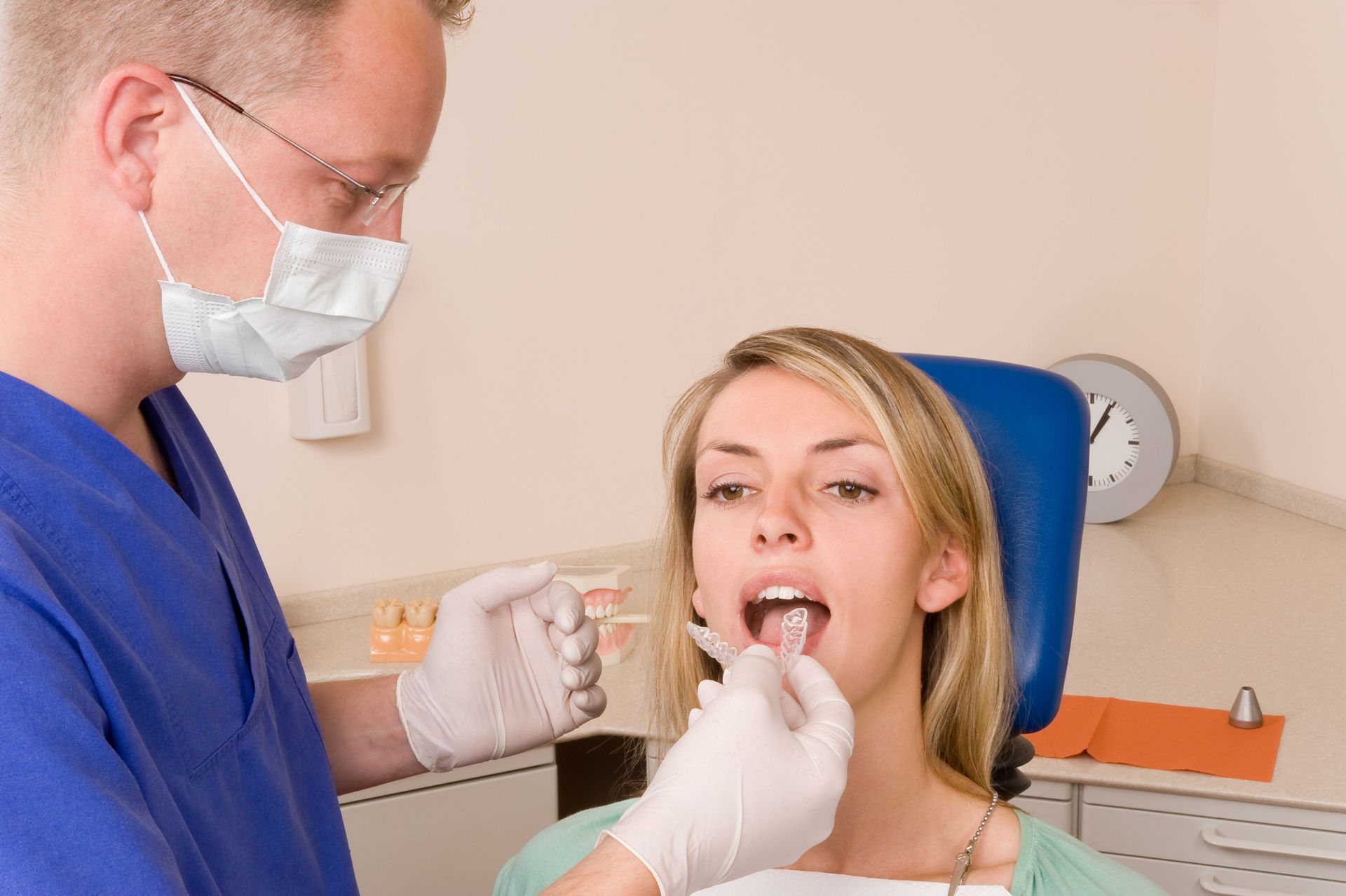Perioral Dermatitis And Your Dental Health
Do you have perioral dermatitis? If you have this irritating skin condition, take a look at what you need to know about dental care, toothpaste and oral product choices, and your mouth's health.
What Is Perioral Dermatitis?
This skin condition is a reddish rash that appears around your mouth. Perioral dermatitis may have bumps, cause your skin to flake, look scaly, burn, or itch. While it may look like a contagious disease, this condition won't spread from person to person.
According to the Cleveland Clinic, women who are 25 to 45 and use topical steroid products are more likely to have perioral dermatitis than other groups of people. But this doesn't mean that you can't have this irritation if you aren't a woman in this range. The specific cause of perioral dermatitis isn't known, but it is thought that overuse of steroid creams and other topical steroid products can raise the risk.
Other possible causes of perioral dermatitis include hormonal changes, immune system problems, some toothpaste products, chewing gum, or dental fillings.
What Does Perioral Dermatitis Have To Do With Your Dental Health?
Even though perioral dermatitis doesn't directly affect your teeth or gums, it can impact your mouth's overall health. The itchiness or burning sensation of the dermatitis rash can make it difficult to take care of your teeth properly. You may feel pain around your mouth when you brush or floss. This may make it hard for you to keep your teeth and gums clean or make you less likely to brush regularly.
Along with discomfort, the cause of perioral dermatitis may also make you want to skip regular morning, post-meal, or night-time brushing sessions. Some toothpaste products may cause this type of irritation around your mouth, according to the American Academy of Dermatology (AAD). A reaction to an ingredient in the toothpaste, such as fluoride, may make your skin itch, turn red, and burn.
What Should You Do If Your Toothpaste Is the Cause?
Your medical provider may recommend removing some types of products one at a time to find the cause of the skin irritation. If you find that your toothpaste is an irritant, you may wonder how you can adequately care for your dental health at home.
Even though your regular toothpaste product is the likely culprit, you still need to brush your teeth. This means you will need to find a new toothpaste to use. Talk to your dentist about the options and discuss which paste products you may find less irritating. You may need to experiment with different ingredient combinations before you find one that works.
Fluoride is a potential perioral dermatitis trigger. While fluoride allergies aren't common, it is possible that this important ingredient is the cause of your problem. Before you assume that fluoride is the offending ingredient in the paste product, consider the possibility that a lathering agent such as Cocamidopropyl or a flavoring agent such as cinnamon or peppermint is the reason for the dermatitis.
Lathering agents and flavors aren't necessary for your oral health. A toothpaste that is free of these ingredients will still help to keep your teeth healthy. But if you must use a fluoride-free paste, you may need to have dental check-ups more often. Ask the dentist for ways to keep your teeth strong and healthy without using fluoride. The dentist may have other treatment options available or recommend using a specific type of toothpaste/dental product for at-home care.
Do you need a routine dental cleaning? Do you want to learn more about how perioral dermatitis affects your dental health? Contact Henderson Family Dentistry for more information.
CONTACT INFORMATION
Hours of operation:
- Mon - Fri
- -
- Sat - Sun
- Closed
Walk Ins:
- Mon - Fri
- -
- Sat - Sun
- Closed
OUR LOCATION
BROWSE OUR WEBSITE
CONTACT INFORMATION
Hours of operation:
- Mon - Fri
- -
- Sat - Sun
- Closed
Walk Ins:
- Mon - Fri
- -
- Sat - Sun
- Closed
